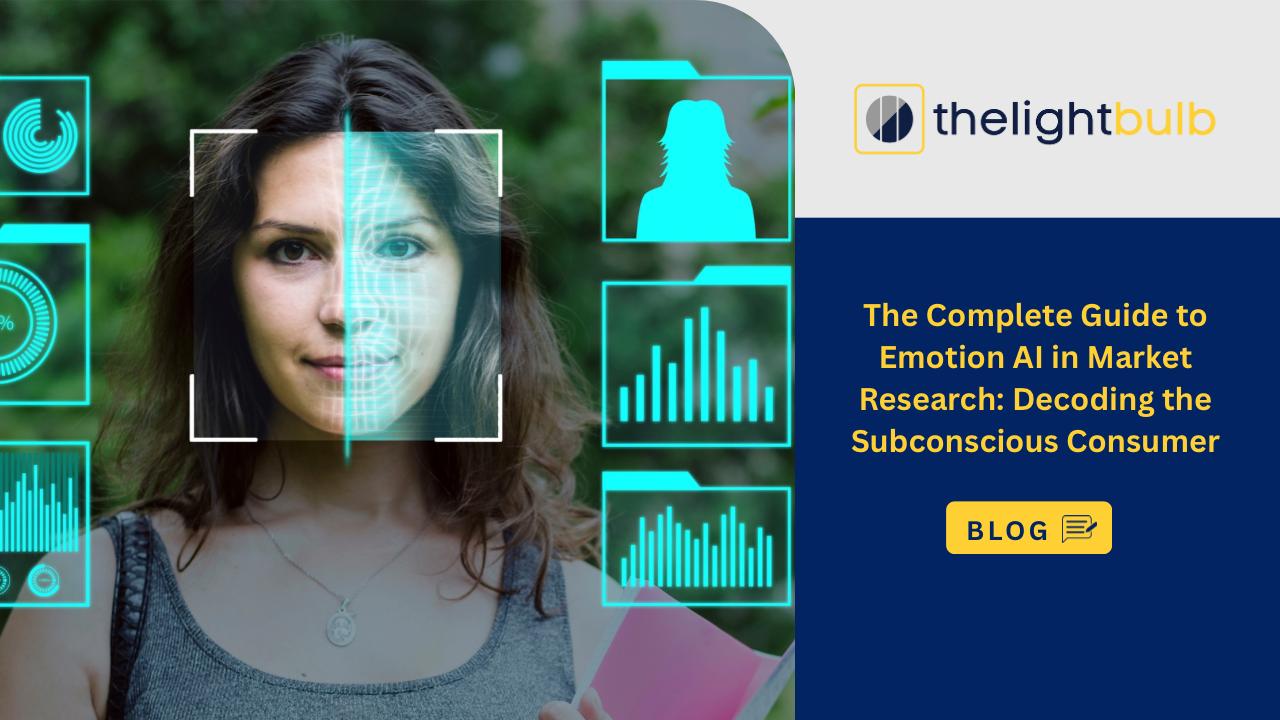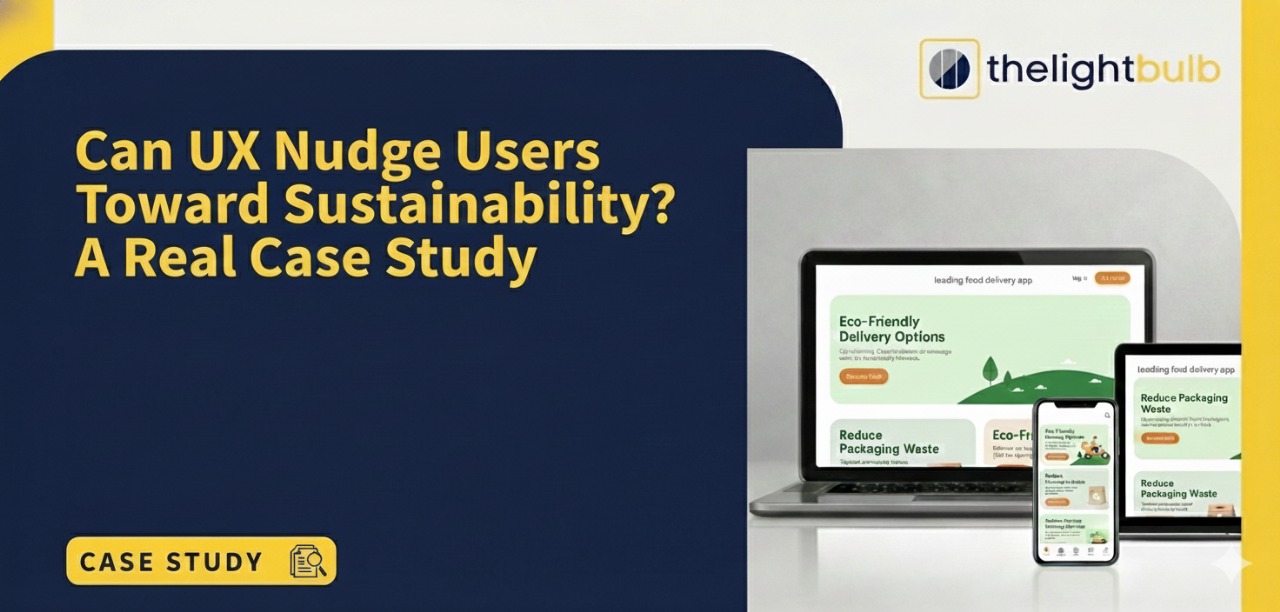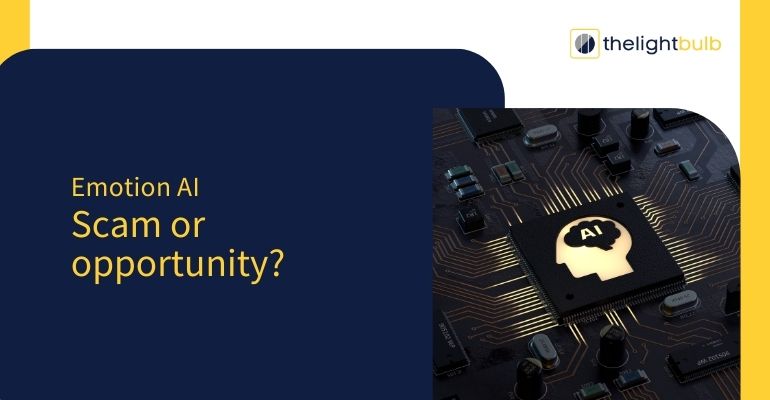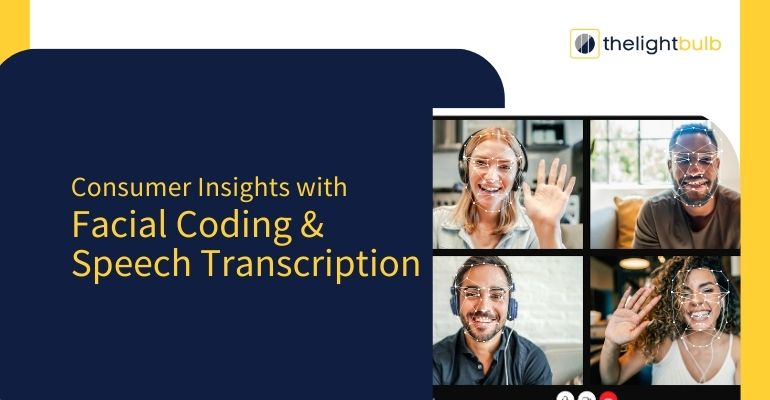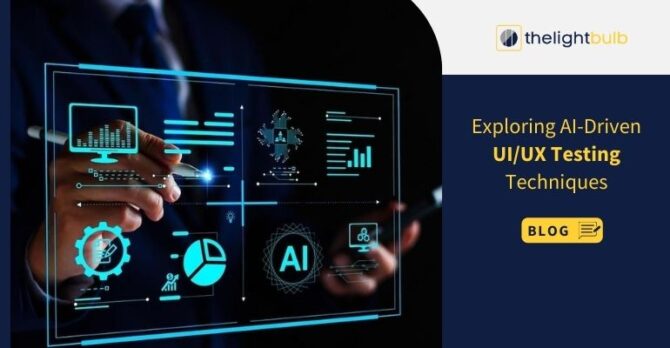
Introduction
Since nowadays people’s attention is more likely to be caught by fast-moving digital variety, implementing excellent User Interface (UI) and User Experience (UX) has become a priority for successful business. AI is a wonderful innovation implementing in the UI/ux testing. AI-infused testing is quick and error free as it automates the processes and give experts an overall view on what the user finds interesting. AI cuts time required for software development to a half with its cross-platform compatibility to predictive analysis, AI lets developers build perfect tests, optimize designs, and give to the users extraordinary experience. Take the plunge with us as we explore the way AI and the testing of UI/UX using them ease development and open doors to different innovations.

Cross-Platform Compatibility: While the linear nature of devices could be used to enhance the quality of user space. Uniformity of user experiences from various environments is the utmost priority. AI-optimized testing will perform the functionality of the software and its UX/UI challenge detection as well as its intuitive user interface of whatever device or platform a user is on.
Personalization and Customization: Wide use of personalized user experiences is a megatrend we face in the digital realm. AI testing is able to perform research on user statistics to understand and say how a particular individual is acting, which is a great opportunity for developers to improve personalization and achieve this aim by serving every user with unique UI/UX elements that will make the entire process more comfortable and enjoyable.
Accessibility Testing: It is not just a moral issue but also a legal issue of the modern world universally. In several regions this issue is regulated by law. AI-driven testing offers an imperative way for checking the accessibility of UI/UX elements by pointing out the trouble-spots where corrections are needed in order to uphold an unbiased and inclusive product.
Performance Optimization: Performance of prototyping UI/UX directly affects user satisfaction and user retainment. AI-builder testing can do performance evaluation and help detect the problem like the speed of the loading, or the speed of answering the questions and resource usage to reduce bottlenecks and optimize the interaction with the user.

Predictive Analysis: Through the use of historical user data and behavioral tendencies, AI-empowered testing can determine if future interaction flows with UI/UX performance already tend to pose problems or not. This in cases when the developers apply a proactive approach can help to avoid the impact on the usability and user satisfaction as they can preemptively identify any issues that might have a negative impact on the user experience. This, in turn, results in the improved quality of the product and ultimately enhancing user satisfaction.
Continuous Testing and Deployment: Testing is crucial in Agile environments for feature development and updates to confirm that new features or modifications go in perfect working condition without any problems or mishaps resulting in regressions or bugs. AI-led testing could automate the test process with the improvement of the issuing speed, and no faild using quality standard and user experience.
Security Testing: Digital products systems are challenged by cybersecurity threats and attackers can enter through vulnerabilities mainly in the UI/UX elements. AI-driven testing may expose the security issues in the design of UI/UX, like a poor authentication process or a privacy problem and therefore the developers will have the opportunity to use the robust security solution.
Feedback Integration: Collecting user feedback is the key to helping us to make changes in our interface/up design to improve performance. AI-driven examination can give a chance to the users to provide their feedback from many channels, such as online surveys, reviews, and social media and these data sources can be explored to find useful insights needed to redesign the UI/UX according to the needs.
Real-time Monitoring and Analysis: AI machinery can asses and give the developers data about users behavior real surroundings and UI/UX perfection. It is possible to identify and solve problems as they are appearing. This preventive approach develops smoother operation of the website and ensures the continuity of user experience.
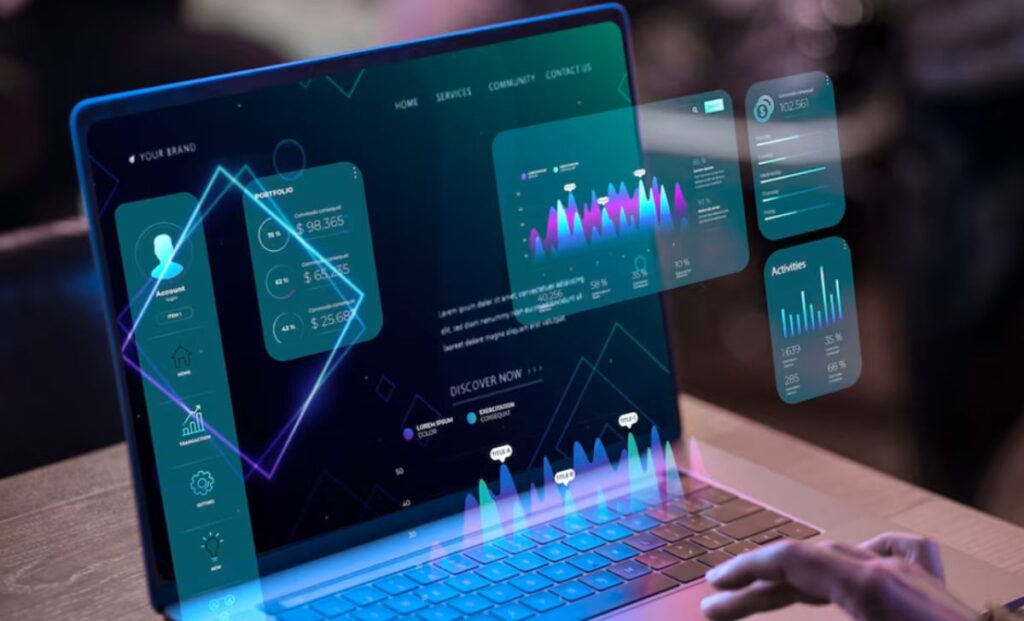
Collaborative Testing Environments: Collaborative testing environments allows designers, developers, and QA testers to carry out UI/UX testing efforts together, since they may work as the support team. AI-led testing tools can ease out communication and help group deliverance, thereby simplifying the testing phenomenon while bolstering teamwork between the functional units.
Natural Language Processing (NLP) Testing: In this way, AI-based testing processes make the use of NLP algorithms possible in order to check the validity of the natural language dialogues occurring within the UI, for example, chatbots or voice assistants. These steps make sure that the speech recognition software performs accurately and responds effectively to the input of the user.
Emotion Detection: AI-driven testing has the capability to integrate the emotion detection algorithms to comprehend the type of emotional response that people develop to various UI/UX elements. Thus, developers can adjust and psychologize UI/UX development to get the required user sentiments, shaping the emotions.
Localization and Internationalization Testing: AI-based QA can offer aid in localization and internationalization for products targeting global audiences since these AI technologies will automatically detect correct translations of language from different parts of the world, cultural sensitivities, and regional preferences and design them in scale.
Regression Testing Automation: Regression testing is one of the techniques through which it is established that enhancements done to the user interface or user experience do not introduce extra bugs or throw off the existing functionalities. AI Testing that is driven through AI accelerates the testing automation of regression testing process which saves time and effort while the development of the products remains stable and stable.
Adaptive User Interfaces: AI and interface testing system may be helping the development of adaptable user’s interface such as dynamically adjusting of user context, preferences, and environmental factors. Personalized features should be a part of the offering as they ensure deeper user engagement by providing perfectly tailored experiences for a user separated from the rest.
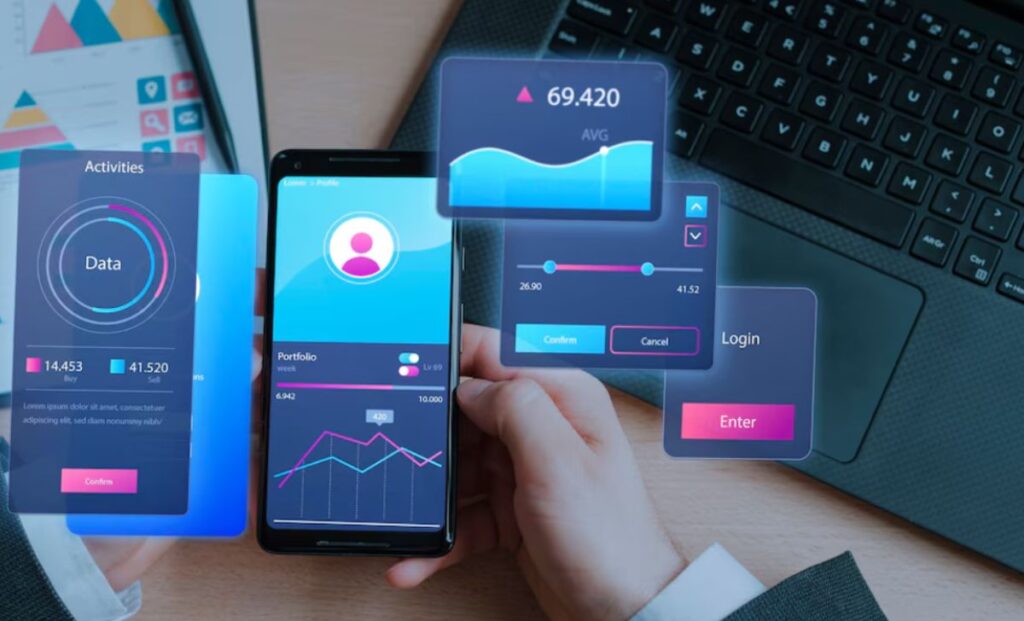
Behavioral Analysis: AI-enabled testing tools could gather behavioral analytics of the usage of the mobile apps by the consumers to extract user behaviour, navigation path, which features are most popular and which ones are least. Through this data-driven method, creative design is guided by actual user interactions, therefore, optimizing the functionality of UI/UX based on concrete facts.
Augmented Reality (AR) and Virtual Reality (VR) Testing: Due to the increase in AR and VR technologies, which are based on AI, testing and machine learning algorithms are also used to determine the degree of the immersion created by those interfaces. It ensure that [UI/UX] elements are harmonically incorporated into the virtual space thus delivering a smooth user experience.
Quality Assurance Automation: AI testing is a disrupting activity that has the power to make quality assurance more agile through automation of test cases generation, executing, and analysis. This diminishes manual labor,It facilitates time-to-market, and thereby, certain standards to UI/UX quality is maintained during continuos development cycles.
Dynamic Content Testing: AI implements various testing techniques to ensure that the website of dynamic content is heading as expected in UI/UX like personalized recommendations, updates in real time or user-generated content. This consequently lets all the dynamic components to smoothly work taking into account the design and be perceived by the people as appropriate.
Compliance and Standards Testing: AI-controlled testing tools may validate the conformity in UI/UX development with the industry standards, country rules and principle design. This guarantees that our product covers all the legal standards, accessibility guidelines, and sets expectations to the industry for intuitive usability and safety.

Conclusion
AI-driven UI/UX testing brings about a radical change in software development through the automated carrying out of operations, the ensured accuracy and the gather of valuable insights about user behavior. However, the advantages that lies behind it system are fast testing, wide range of applications and product perfection. Technology is developing at an astounding pace which means that AI-driven technologies will be the ones that will make sure the evolution is driven as developers innovate to have superior user experience while meeting the needs of their users in the digital world.
